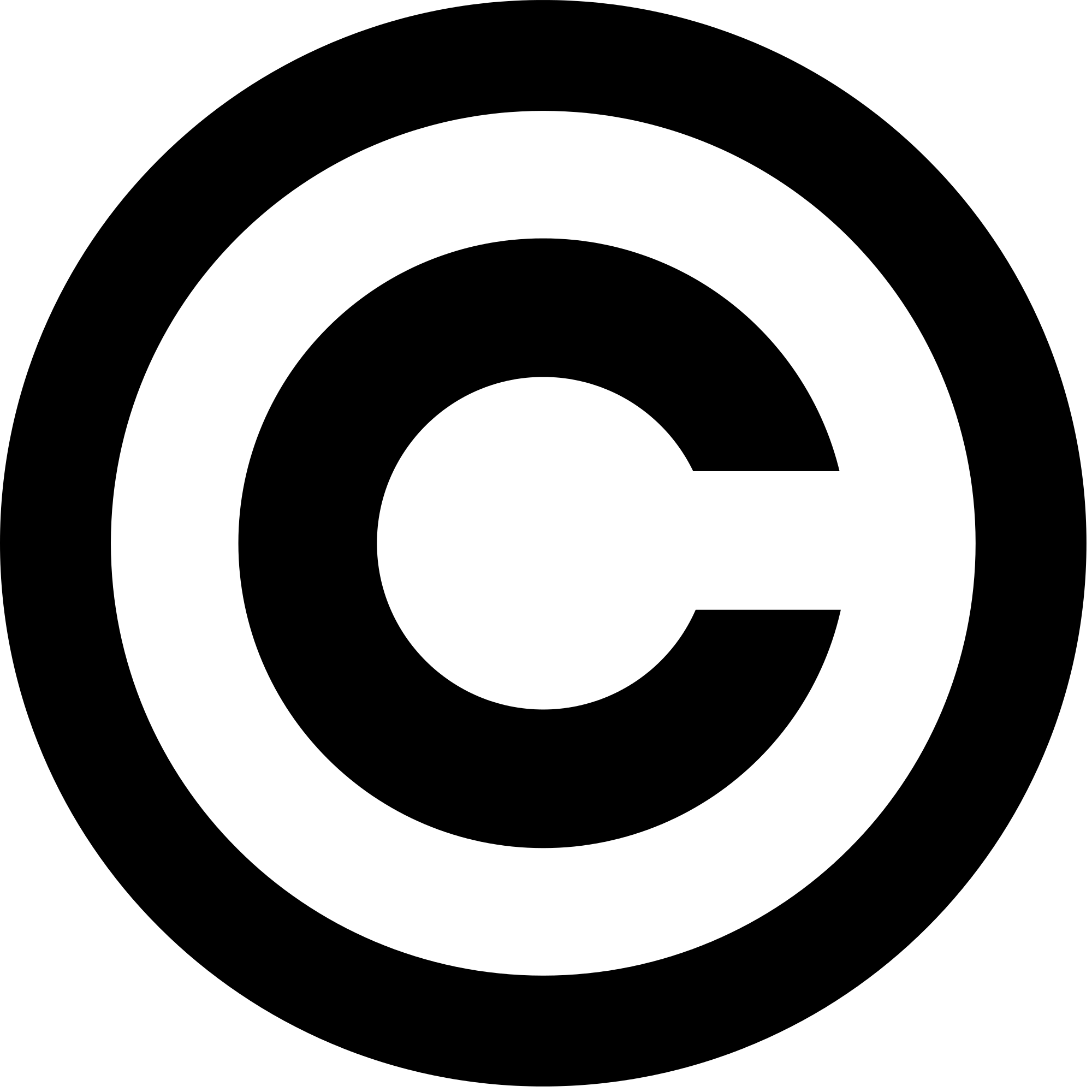 This page provides a range of information and links to resources on various techniques in printmaking. Jump to a particular category using the contents list below, or scroll down to browse.
This page provides a range of information and links to resources on various techniques in printmaking. Jump to a particular category using the contents list below, or scroll down to browse.
A work of art on paper that usually exists in multiple copies. It is created not by drawing directly on paper, but through a transfer process. The artist begins by creating a composition on another surface, such as metal or wood, and the transfer occurs when that surface is inked and a sheet of paper, placed in contact with it, is run through a printing press. Four common printmaking techniques are woodcut, etching, lithography, and screenprint. (MoMA Glossary of Art Terms)
Search the library catalog for books on printmaking at HWC Library
Search library databases (CCC login required):


 Copyright "is a form of protection grounded in the U.S. Constitution and granted by law for original works of authorship fixed in a tangible medium of expression. Copyright covers both published and unpublished works." Learn more here.
Copyright "is a form of protection grounded in the U.S. Constitution and granted by law for original works of authorship fixed in a tangible medium of expression. Copyright covers both published and unpublished works." Learn more here.
Fair Use allows "the unlicensed use of copyright-protected works in certain circumstances." Learn more here.
Creative Commons licenses make creative works "freely available for legal use, sharing, repurposing, and remixing" by "any member of the public." The CC Search search engine lets you "search for free content in the public domain and under Creative Commons licenses. Learn more about CC licenses here."
More information:
The MLA, Chicago, and Turabian citation styles may be used in writing about art. Check your syllabus or contact your professor to find out which style they prefer.
Quick guides to citing images:
College Art Association Guidelines regarding Fair Use and Copyright:
A general term for metal-plate printmaking techniques, including etching, drypoint, engraving, aquatint, and mezzotint. The word comes from the Italian intagliare, meaning “to incise” or “to carve.” In intaglio printing, the lines or areas that hold the ink are incised below the surface of the plate, and printing relies on the pressure of a press to force damp paper into these incised lines or areas, to pick up ink. (MoMA Glossary of Art Terms)
An intaglio printmaking technique that creates thin, fluid lines whose effects can vary from graceful and serpentine to tight and scratchy. An etching needle, a fine-pointed tool, is used to draw on a metal plate that has been coated with a thin layer of waxy ground, making an easy surface to draw though. When the plate is placed in acid, the ground protects the areas it still covers, while the drawn lines expose the plate and are incised, or “bitten,” by the acid. After removing the coating, the plate is inked, filling only the incised lines. Damp paper is placed on the plate and run through a press, forcing the paper into the incised lines to pick up the ink. (MoMA Glossary of Art Terms)
A stencil-based printmaking technique in which the first step is to stretch and attach a woven fabric (originally made of silk, but now more commonly of synthetic material) tightly over a wooden frame to create a screen. Areas of the screen that are not part of the image are blocked out with a variety of stencil-based methods. A squeegee is then used to press ink through the unblocked areas of the screen, directly onto paper. Screenprints typically feature bold, hard-edged areas of flat, unmodulated color. Also known as silkscreen and serigraphy. (MoMA Glossary of Art Terms)
Search: Silkscreen in the Heilbrunn Timeline of Art History
A printmaking technique that involves drawing with greasy crayons or a liquid called tusche, on a polished slab of limestone; aluminum plates, which are less cumbersome to handle, may also be used. The term is derived from the Greek words for stone (litho) and drawing (graph). When the greasy image is ready to be printed, a chemical mixture is applied across the surface of the stone or plate in order to securely bond it. This surface is then dampened with water, which adheres only to the blank, non-greasy areas. Oily printer’s ink, applied with a roller, sticks to the greasy imagery and not to areas protected by the film of water. Damp paper is placed on top of this surface and run through a press to transfer the image. In addition to the traditional method described here, other types of lithography include offset lithography, photolithography, and transfer lithography. (MoMA Glossary of Art Terms)
A printmaking technique that involves printing an image from a carved plank of wood. The image is cut into the wood using tools such as chisels, gouges, and knives. Raised areas of the image are inked and printed, while cut away or recessed areas do not receive ink and appear blank on the printed paper. Woodcuts can be printed on a press or by hand, using a spoon or similar tool to rub the back of the paper. (MoMA Glossary of Art Terms)
Search: Woodcut in the Heilbrunn Timeline of Art History